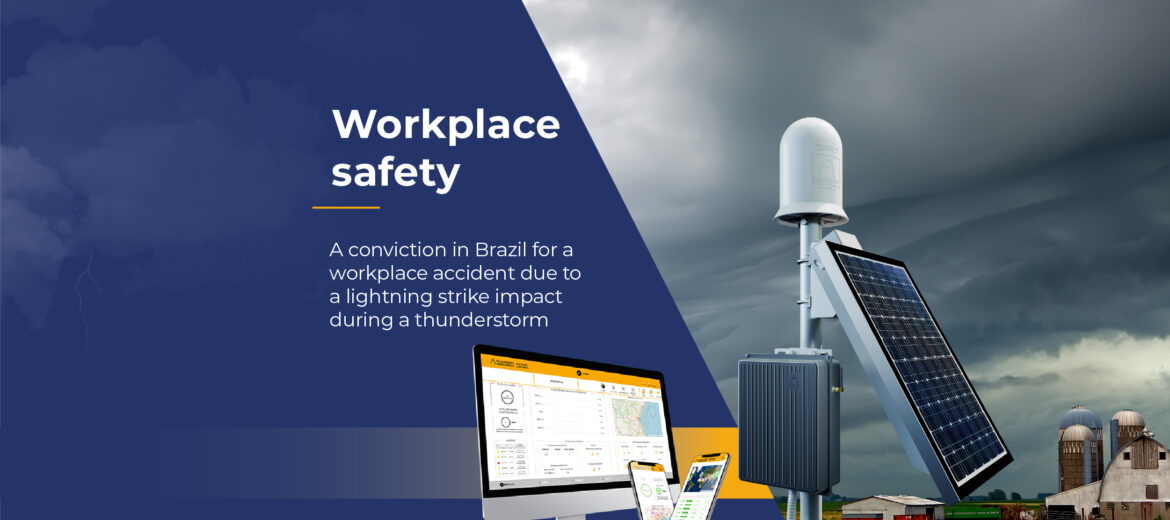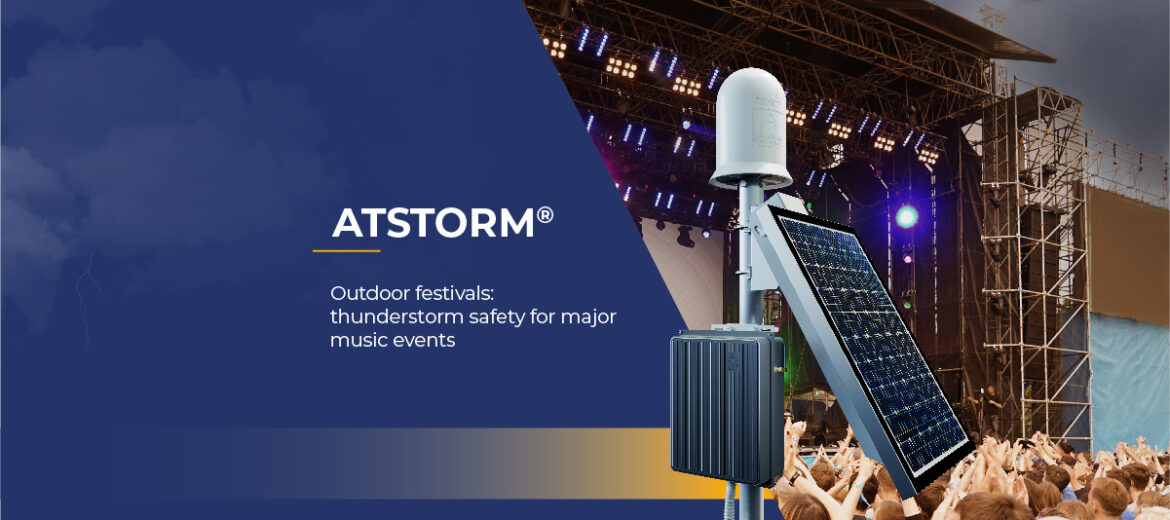Lightning strike risks in outdoor sports events. How can accidents be prevented?
A lightning strike is a natural event which significantly affects all outdoor activities, especially outdoor sports events, and can pose a risk if the right preventive measures are not considered. The data obtained by different institutions corroborates the high frequency of lightning strikes in sports events.



